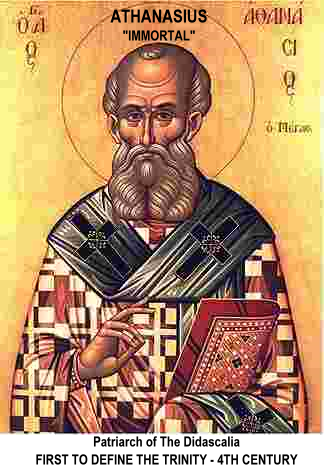
While the familiar shepherds, angel choirs, and the manger come from Luke, Matthew provides the Magi and the guiding star. Luke’s and Matthew’s Gospels, both making use of Mark’s version, add stories of the birth of Jesus that have points of contact but also differ significantly in the details. The Gospel that is usually considered oldest, that of Mark, has no reference to the birth of Jesus. The emergence of Christmas as we know it, nativity scene and festivity and all, required its own long historic Advent wait. So too a ritual observance of Christmas in the liturgical life of the Church does not belong to the earliest years of the Christian movement, but took until the fourth century to appear clearly. Between those early scriptural accounts and the formation of even a basic manger scene lie some centuries during which Christian devotion and depiction developed. Even the elements derived directly from the gospel narratives of Matthew and Luke were slow to appear in visual renderings. Yet the rich details of the scene that Tintoretto depicts, many of which are now well known in popular renditions, were not present in the first depictions of the Nativity. Photograph © 2016 Museum of Fine Arts, Boston. Museum of Fine Arts, Boston: gift of Quincy Shaw, accession number 46.1430. Jacopo Tintoretto (Jacopo Robusti), The Nativity, Italian, late 1550s (reworked, 1570s), oil on canvas, 155.6 x 358.1 cm. The artist also inserts less traditional animals in the foreground: a chicken and a rabbit, and a dog curled at the foot of the manger.įig. With Mary and Joseph at the manger, he includes a second pair of human figures, perhaps the parents of the Virgin: Anna and Joachim. In addition, Tintoretto imagines other figures at the scene.

The story of the birth of Jesus Christ is familiar, both from the biblical narratives and from iconography that has become ubiquitous in church decoration and widely circulated on Christmas cards: a mother and father adoring their new-born child, an ox and an ass leaning over the child, a star hovering above this scene, angels, shepherds with their sheep in a field, and luxuriously clad “wise” men or kings approaching the child with gifts.Īll these elements are included by the Venetian artist Jacopo Tintoretto in a painting which started in his workshop in the late 1550s, and for much of its life hung above the altar of a church in Northern Italy ( Fi g.


 0 kommentar(er)
0 kommentar(er)
